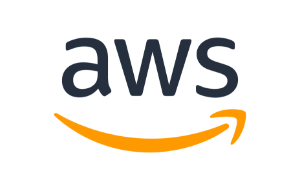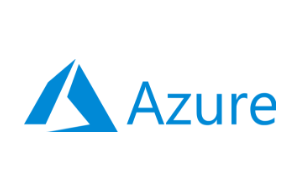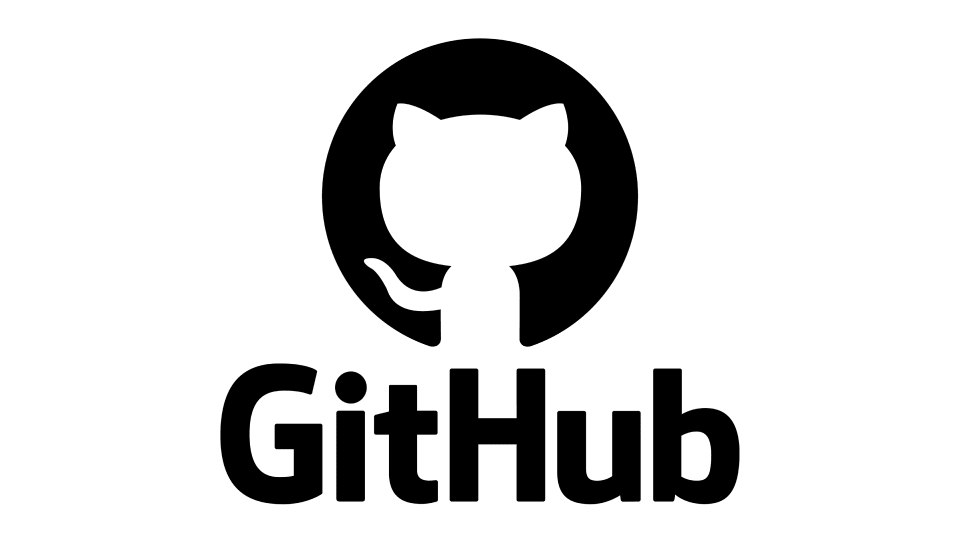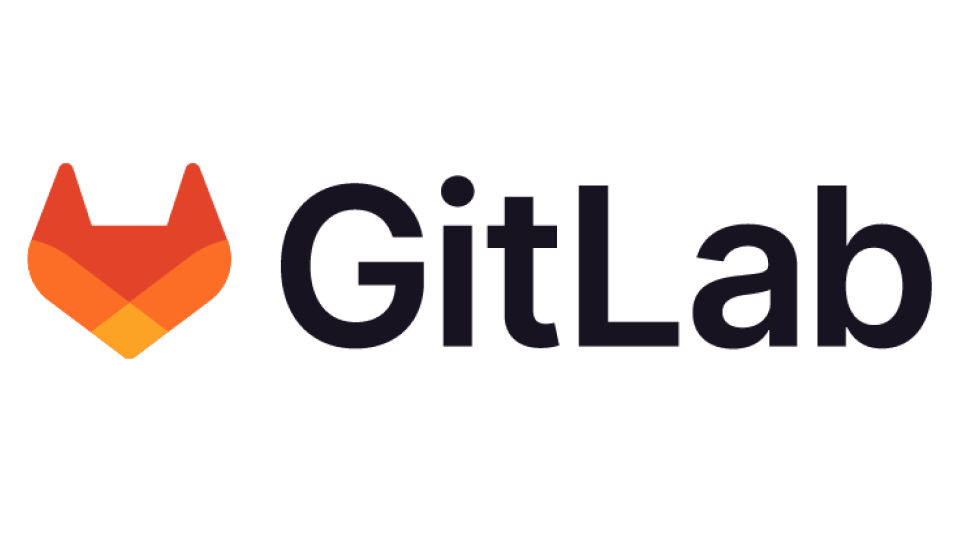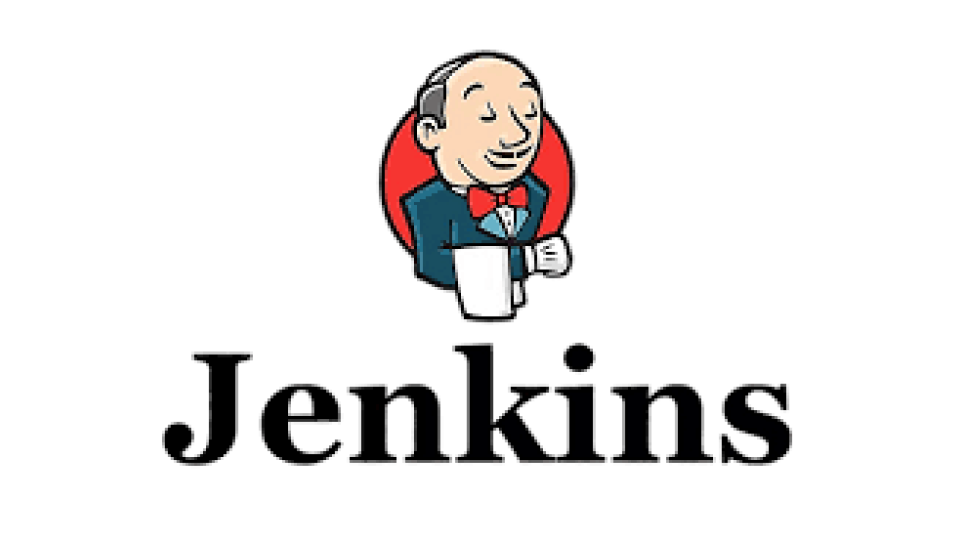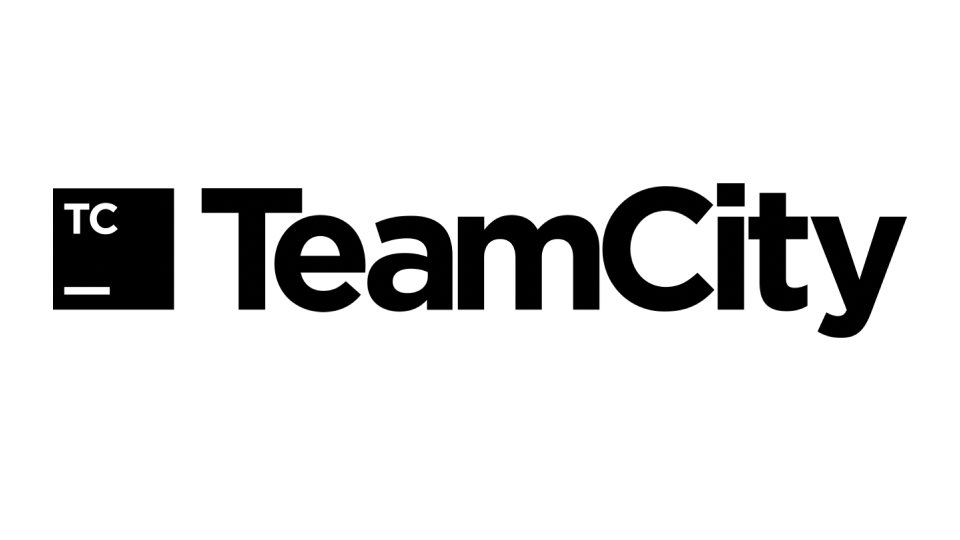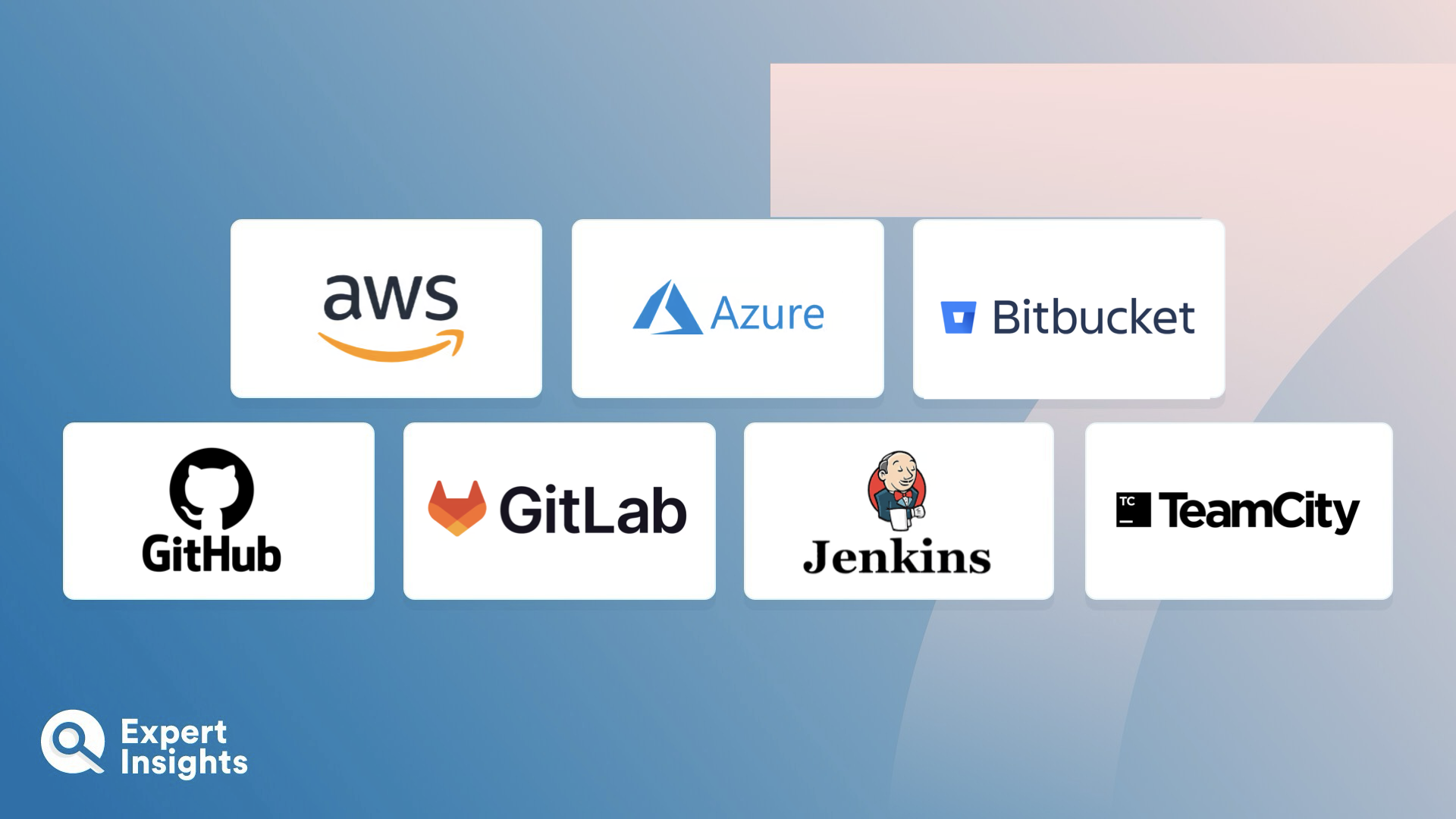Continuous Integration and Continuous Delivery (CI/CD) pipelines empower software development teams to deliver code changes more frequently and reliably, by ensuring that all tasks are completed in order before an update is launched. This enables development teams to identify and fix errors and bugs more quickly, making a strong CI/CD pipeline integral to any agile and responsive development process. CI/CD tools enable the automation, orchestration, and monitoring of core software development tasks across the CI/CD pipeline and integrate with a range of development, operations, and software testing platforms.
As the name suggests, there are two parts to a CI/CD tool: features that focus on continuous integration, and features that focus on continuous delivery. As part of the CI workload, CI/CD tools automatically validate check-ins against predefined rules and builds, then integrate them into the main repository. The CD workload takes over from there, ensuring that the integrated code is always in a deployable condition and facilitating rapid, repeatable releases.
As a developer, CI/CD tools help you spend less time on routine tasks (such as merging code, writing test scripts, debugging, and deploying environments), and more time on core development work. For teams, they help maintain seamless collaboration, ensuring that everyone is working with the most recent code base, and accelerating the cycle from development to deployment substantially.
With a multitude of cost-effective and scalable CI/CD tools on the market, this guide highlights the top CI/CD tools based on their effectiveness, efficiency, ease of use, and compatibility.



